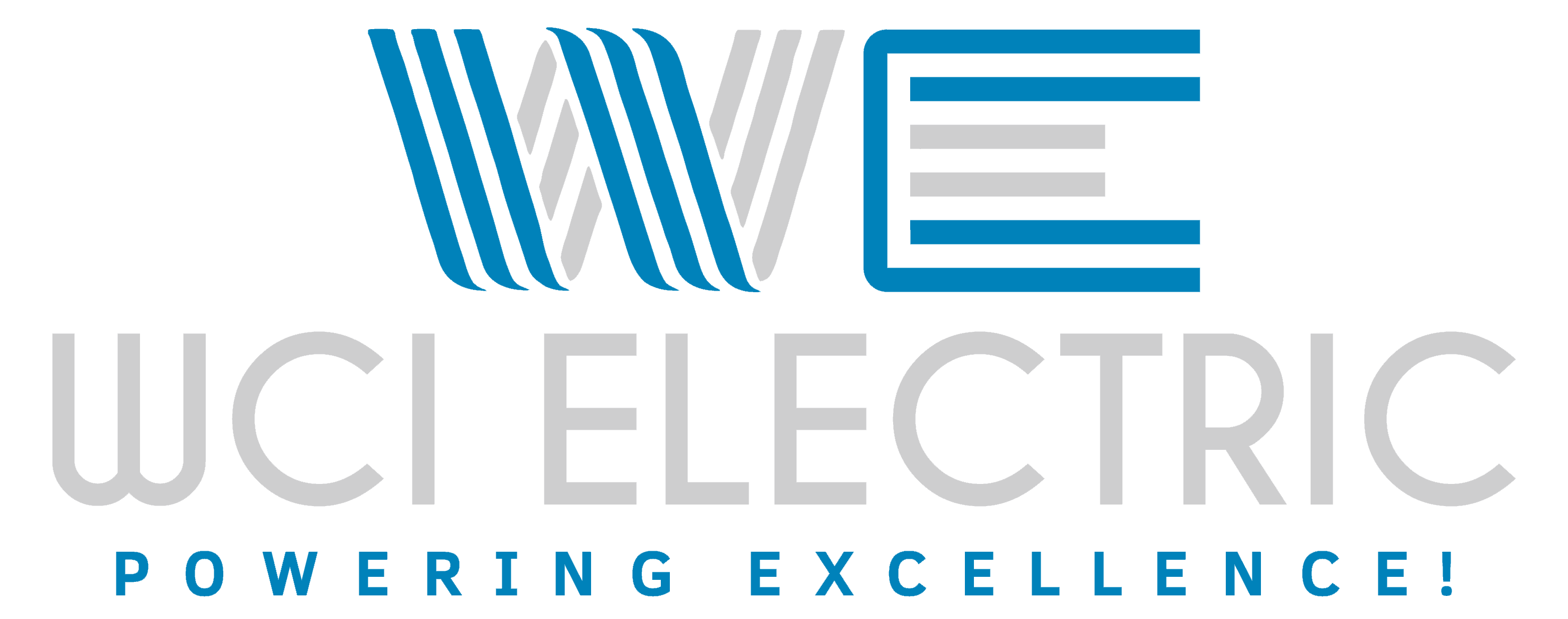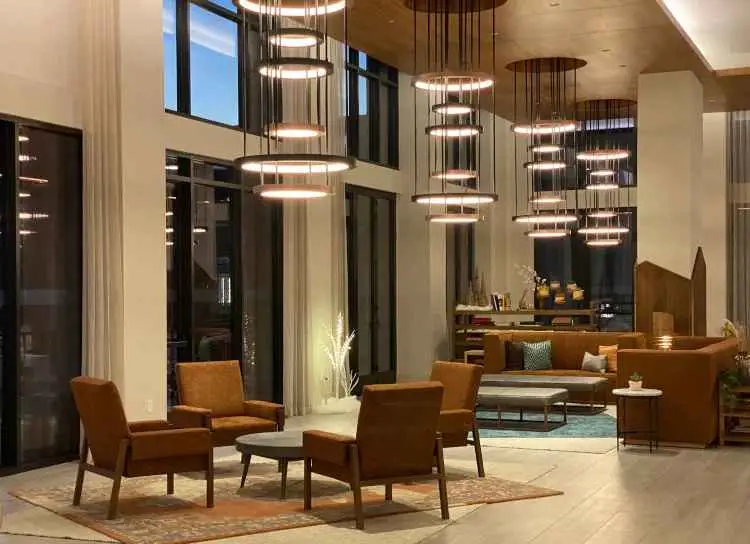What is Title 24?
According to the California Code of Regulations, The California Title 24 Building Energy Efficiency Standards are a set of standards that are designed to ensure that the quality of the environment is maintained and all the old and modern buildings are energy efficient. California residents must meet these requirements since 1978 for a title 24 lighting contractor. Please hire our title 24 lighting contractors of WCI Electric.



